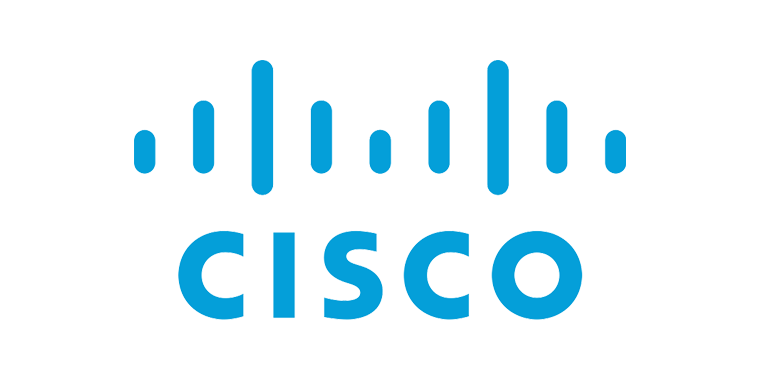Cloud computing is the backbone of modern businesses, but without a well-optimized strategy, you could be overspending and underutilizing resources. A well-planned cloud strategy ensures cost efficiency, performance, and security. Here are 10 key ways to optimize your cloud strategy for maximum efficiency.
1. Assess Your Cloud Needs and Objectives
Before diving into optimization, define your cloud objectives. Are you looking for cost savings, scalability, security, or all of the above? Assess your workloads, storage requirements, and compute power needs to align your strategy with business goals.
2. Choose the Right Cloud Model (Public, Private, Hybrid, or Multi-Cloud)
Selecting the right cloud model is crucial. Public clouds (AWS, Azure, Google Cloud) are cost-effective and scalable, while private clouds offer security and control. Hybrid and multi-cloud approaches provide flexibility, allowing you to balance cost, performance, and compliance needs.
3. Leverage Cloud Cost Management Tools
Cloud cost management tools like AWS Cost Explorer, Google Cloud Cost Management, or Azure Cost Management help track and optimize spending. Set budgets, analyze usage patterns, and eliminate waste to avoid unnecessary expenses.
4. Implement Auto-Scaling for Dynamic Resource Allocation
Auto-scaling ensures that your infrastructure adjusts dynamically based on demand. This prevents over-provisioning and under-utilization, leading to better cost efficiency and performance optimization.
5. Optimize Storage and Data Management
Not all data needs to be stored in high-performance tiers. Utilize tiered storage, compression, deduplication, and lifecycle policies to move less frequently accessed data to cost-effective storage solutions.
6. Enhance Cloud Security and Compliance
Security is a critical component of cloud efficiency. Implement role-based access control (RBAC), encrypt sensitive data, and regularly audit security policies to prevent breaches and ensure regulatory compliance.
7. Use Containerization and Microservices for Better Efficiency
Containers (Docker, Kubernetes) enable lightweight, portable, and scalable applications. Microservices architecture further enhances agility, reducing dependencies and improving performance across cloud environments.
8. Automate Deployment and Management with DevOps Practices
Automation streamlines cloud operations. DevOps tools like Terraform, Ansible, and CI/CD pipelines help automate infrastructure provisioning, updates, and deployments, improving efficiency and reducing human errors.
9. Monitor Performance and Optimize Workloads
Continuous monitoring ensures that your cloud resources are performing optimally. Use tools like AWS CloudWatch, Google Operations Suite, or Azure Monitor to identify inefficiencies, optimize workloads, and enhance user experience.
10. Regularly Review and Refine Your Cloud Strategy
Cloud technologies evolve rapidly. Periodic reviews of your cloud strategy help identify cost-saving opportunities, eliminate outdated services, and adapt to new advancements for ongoing efficiency.
Final Thoughts
Optimizing your cloud strategy is an ongoing process that requires a balance between cost, performance, security, and agility. By implementing these best practices, you can maximize cloud efficiency, enhance productivity, and drive business growth.











